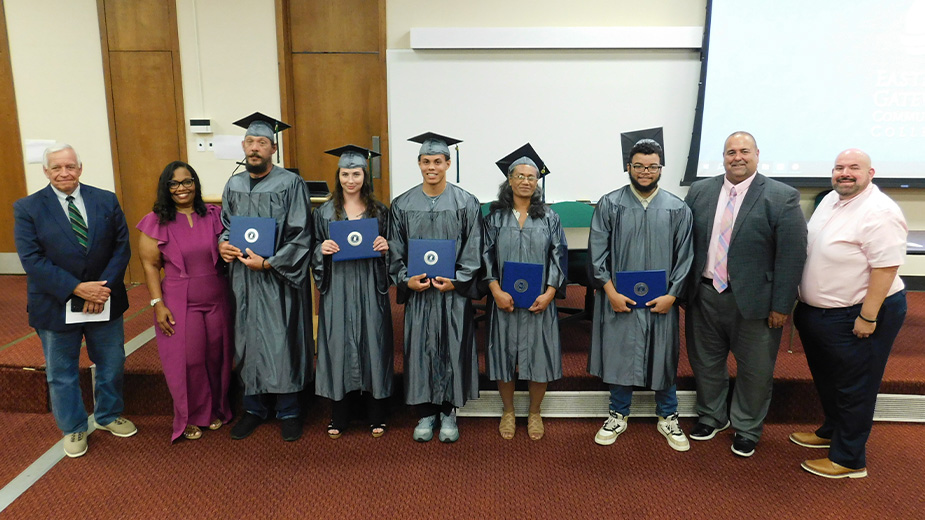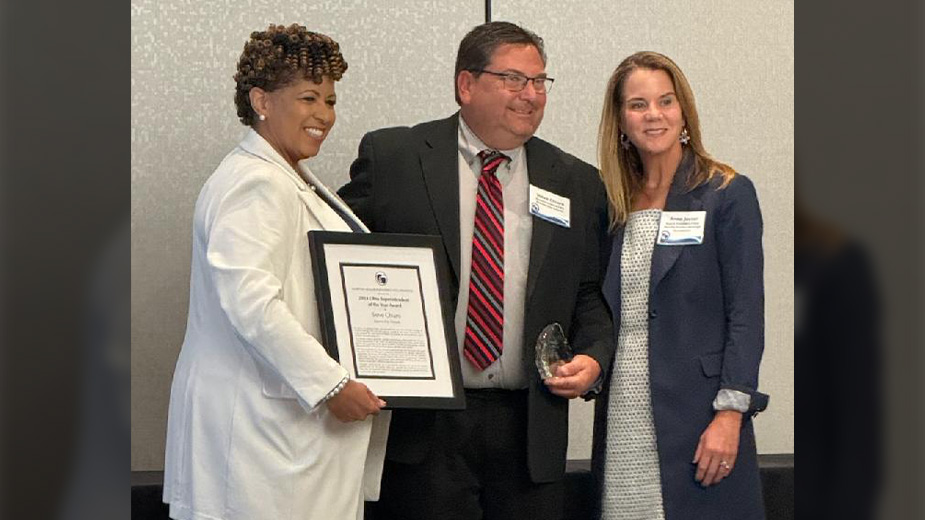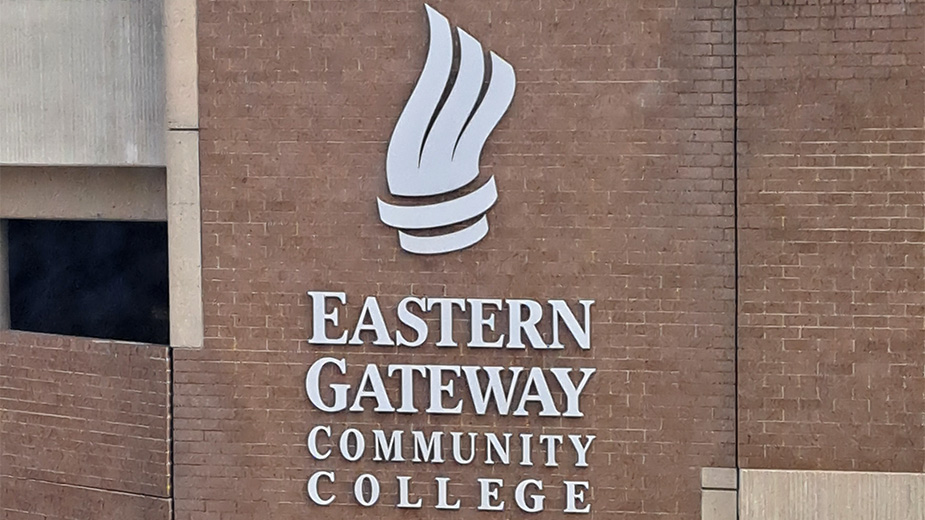YSU Cuts Draw Questions, Concerns from Students, Faculty
YOUNGSTOWN, Ohio – Youngstown State University faculty and students peppered the interim provost about planned program and faculty cuts during a nearly two-hour special Academic Senate meeting Wednesday.
The meeting, conducted virtually, followed the university announcement of the phase out of the geography, bachelor and master’s music composition, art education, graduate music jazz studies and interdisciplinary studio art and digital media/photography majors.
Only senators, people in the affected fields and the faculty union president and vice president were permitted to speak. At times, the meeting grew emotional.
Participants questioned the accuracy of data, plans for the future and the wisdom of the decisions.
Jennifer Pintar, interim provost, cited low enrollment and graduation rates for the decisions.
She said the decisions are based on what’s best for students and to enhance student success, and that if the programs have low enrollment and low graduation rates, it demonstrates that those areas aren’t what students want.
“This is focusing on student demands for majors,” Pintar said.
For example, the Dana School of Music includes 20 faculty members, and in 2021 and 2022, there were only 21 graduates. The four Dana majors being eliminated have had fewer than 12 graduates over the past five years.
The decisions were made after a 3 1/2 year review.
It’s not about cutting some programs to provide more funds for another, Pintar said.
“If we had a surplus of funds at this institution, we would still do this,” she said.
Over the weekend, an online petition, Save Dana, launched, gathering more than 20,000 signatures.
Ewelina Boczkowska, professor of musicology at the Dana School of Music, said that shows the value of the school to the community.
The decision to cut majors at the school ignores how music benefits the quality of life in the Mahoning Valley, Boczkowska said. She also disputed the enrollment numbers and added that music faculty have been assigned to majors not connected to the positions they were hired to teach.
Kathryn Umble, also a Dana professor, said faculty wasn’t part of the discussions that looked at market share and the marketability of people in the music field.
“There are many jobs related to music,” she said. “There is a flute alum – I teach flute – who is a professor of music at the University of Colorado. He wouldn’t show up in our data.”
Glenn Schaft, also a Dana professor, pointed to former student Derek Dixie who grew up on the city’s South Side.
He attended Dana for a couple of years and then graduated from the The Recording Institute in Chillicothe.
Dixie is a record producer and music director who has worked with Beyonce and directed her Super Bowl halftime shows in 2013 and 2016.
Professors in the art department and geography also spoke out.
AJ Sumell, an economics professor and chief faculty union negotiator, questioned if the decisions are student centered.
“I don’t understand how retrenching faculty and reducing faculty further does anything in terms of enhancing student success,” he said.
The allocation of resources in the university budget doesn’t reflect what’s best for students, Sumell said. Since 2020, for example, spending on faculty has decreased more than 15%, he said.
Over that same time period, spending has increased in athletics.
“We are choosing to continue to reduce spending on academics in favor of increasing spending on nonacademic sectors, in particular athletics,” Sumell said.
While some of that spending is going toward student-athletes, a lot of it isn’t, he said.
“Last year, spending on just football coaches increased by more than $150,000 – just on football coaches,” Sumell said.
That’s at least two tenured faculty positions, he added.
“We are making bad choices that do not actually put students at the center in terms of our budget,” Sumell continued. “We could just keep coaches’ salaries the same and be able to afford, without hurting our budget at all, at least employing two more faculty.”
Pintar said the university is retrenching no more than 13 faculty and hiring 16.
“That’s a net positive gain of three, so we are hiring faculty. And the total cost of the new faculty will be more than that $150,000,” she said.
The new faculty will be hired across various majors:
- Chemistry/biology (four).
- Engineering (four).
- Computer science/cybersecurity (four).
- Forensic science tenure track (one).
- Nursing (two).
- Exercise science (one).
Susan Clutter, professor of chemical and biological sciences, said the faculty hires in those majors aren’t all new hires.
“They’re being refilled, finally, after people have retired,” she said.
Twelve other majors – multimedia communication, public health, dental hygiene, sociology, economics, philosophy, journalism, environmental science, anthropology, geology, dietetics and physics astronomy – are slated for improvements to bolster their viability.
Mark Vopat, president of the faculty union, agreed that there are issues with some graduation rates that must be addressed.
“I just don’t understand how these can be data-driven decisions until we actually revise those programs,” he said.
Some of the people who will be retrenched under the plan are those who have the expertise to make the decisions about revising programs, Vopat said.
“Maybe we’re moving a little quickly when it comes to the number of people we’re looking to retrench here without having actually going through the process to revise these programs.”
The elimination of faculty positions will involve no more than 13 faculty members, Pintar said. They will be offered voluntary separation and a retirement program that includes severance. Depending on the number who take it, the number of those who lose their jobs could be reduced.
Copyright 2024 The Business Journal, Youngstown, Ohio.



